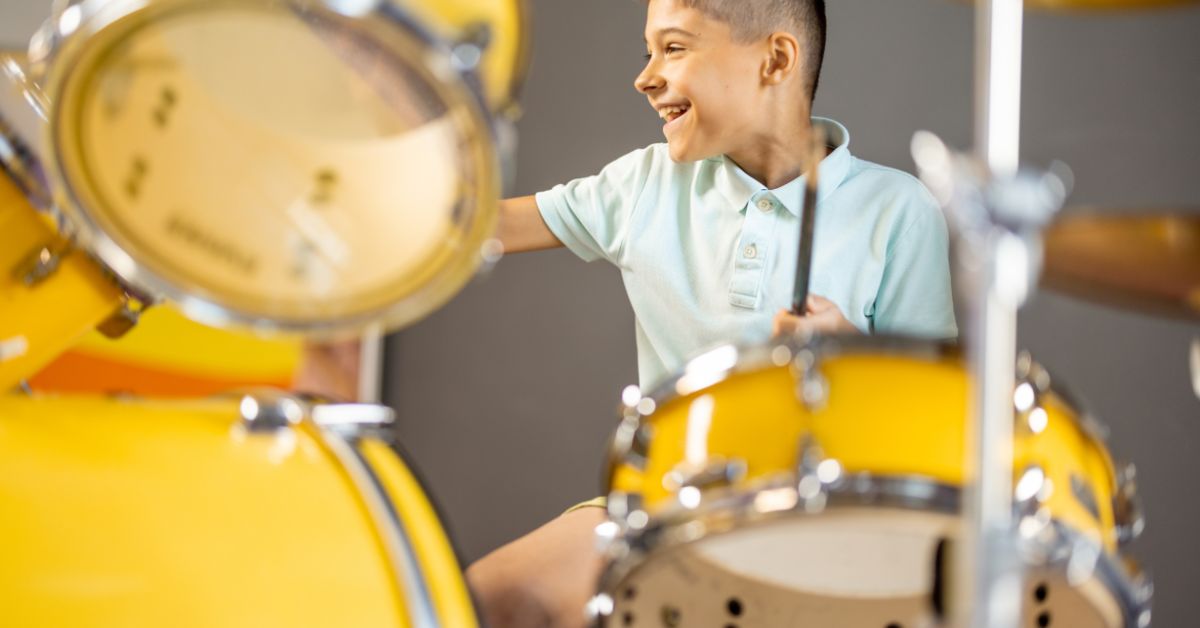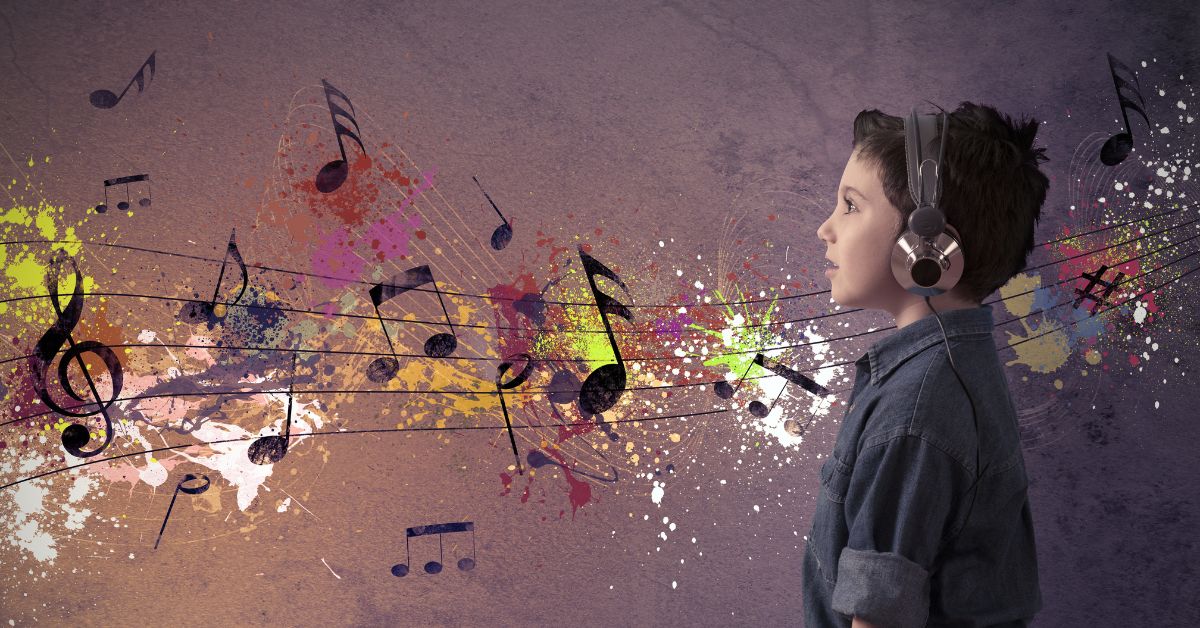When homeschooling, it’s easy to focus on core subjects like math, science, and language arts. But integrating art and music into your homeschool curriculum is just as important. These subjects provide countless benefits, from fostering creativity to improving problem-solving skills. Most importantly, they bring joy and variety to your child’s day.
If you’ve been wondering how to include homeschool art and music in creative and practical ways, this guide offers ideas and tips to get started.
The Importance of Art and Music in Education
Art and music aren’t just extracurricular activities; they are vital for a child’s development. Creativity is a fundamental skill that transcends any one subject, and both art and music encourage it in unique ways.
Art fosters self-expression and emotional resilience. For example, drawing or painting can help children process emotions and develop fine motor skills. When they practice creating shapes, mixing colors, or experimenting with textures, they also build spatial reasoning and problem-solving abilities.
Music plays a similar role in cognitive and emotional development. Studies show that learning an instrument strengthens memory, enhances mathematical skills, and teaches discipline. Singing, rhythm games, and listening to different kinds of music can improve auditory processing and language development. Introducing your children to a wide variety of music can even expand their understanding of history and culture.
Both art and music give children a creative outlet to explore the world while developing skills that will benefit them for years to come. The goal is to make these subjects just as intentional as academics in your homeschool routine.
How to Create a Balanced Homeschool Art and Music Curriculum
A thoughtful homeschool curriculum blends both structured learning and open-ended exploration. Here are some actionable steps to incorporate art and music into your homeschool:
- Dedicate Time in Your Schedule
- Incorporate art and music as part of your daily or weekly plans. Even 30 minutes a day can make a big difference.
- Rotate subjects if time is a concern; spend one week focusing on art and the next on music.
- Combine related subjects. For example, pair an art project with a history lesson or study a composer alongside a science concept.
- Use Online Resources and Curriculum
- Explore programs like Draw Write Now or Artistic Pursuits, which mix step-by-step art instruction with history or nature themes.
- Look into music apps or online resources like Simply Piano, Hoffman Academy, or YouTube tutorials for learning instruments or music theory.
- Download printables or purchase homeschool-friendly curriculum sets designed for hands-on learning.
- Employ a Hands-On Approach
- For art, try hands-on projects like sculpting clay, building collages from recyclable materials, or painting canvas.
- Integrate STEM into art by creating geometric drawings or experimenting with color mixing using light.
- For music, encourage your child to clap rhythms, experiment with household items as percussion instruments, or invent songs about their lessons.
- Stay Flexible and Child-Led
- Observe what art and music activities your child is drawn to. Do they love to doodle? Start offering sketchbooks and pencils. Are they obsessed with a specific band? Introduce them to instruments from that genre.
- Don’t stress about perfection. Celebrate effort and experimentation over flawless results.
- Include Family Collaboration
- Organize a family art night where everyone contributes to a collaborative mural.
- Have a family “jam session” where everyone grabs an instrument or makes music together using kitchen tools.
- Share art and music activities with other homeschool families to build community.

Affordable Ways to Incorporate Art and Music
Homeschooling can get expensive, but incorporating art and music doesn’t have to break the bank. Here are some budget-friendly ideas to nurture creativity without overspending:
Thrifty Art Supplies
- Buy second-hand art supplies or starter kits from thrift stores, craft clearance sales, or dollar stores.
- Use household materials. Old magazines, cardboard boxes, and fabric scraps are excellent for mixed-media art projects.
- Make your own art supplies like homemade playdough, DIY watercolor paints, or salt dough for sculpting.
Free Musical Resources
- Access free sheet music and tutorials online based on your child’s skill level.
- Borrow instruments such as keyboards or guitars from family or friends instead of purchasing them.
- Explore community programs where children can try instruments or attend workshops at no cost.
Library and Community Connections
- Borrow instructional books or CDs about drawing, painting, or playing instruments from your local library.
- Many libraries also offer free access to art and music classes, or they host concert series to expose children to musical performances.
Project Ideas to Spark Creativity
Sometimes inspiration is all you need to jump-start a hands-on art or music lesson. Here are some specific project ideas to help your child explore these areas:
Art Projects
- Nature Study Drawings: Take a nature walk and have your children collect interesting leaves, flowers, or textures to sketch.
- Famous Artists at Home: Recreate works by van Gogh, Monet, or Frida Kahlo using affordable art supplies.
- Story Illustrations: After reading a favorite book, encourage your child to illustrate a scene or create an alternate book cover.
Music Activities
- Musical Storytelling: Have your child compose simple tunes to tell a narrative. They can use a recorder, guitar, or even a xylophone.
- World Music Exploration: Listen to music from different countries and create projects inspired by different cultures, such as African drumming or traditional harp music from Ireland.
- Family Soundtrack: Put together a playlist that represents your family’s personalities or specific memories and discuss why certain songs are meaningful.
Building Connections Through Art and Music
When introduced thoughtfully, homeschool art and music can spark meaningful conversations and connections between you and your child. A shared art project allows you to witness their developing creativity firsthand and understand their perspective. Music can become a shared experience, where family members bond through dancing, singing, or exploring new genres together.
Over time, incorporating these subjects into your homeschool will not only teach your child valuable skills but also create countless moments of joy. By taking their interests and abilities into account, you can design a curriculum that feels uniquely theirs. Art and music are not just add-ons; they are tools for lifelong learning and creativity. Start small and see where your family’s artistic adventure leads!





